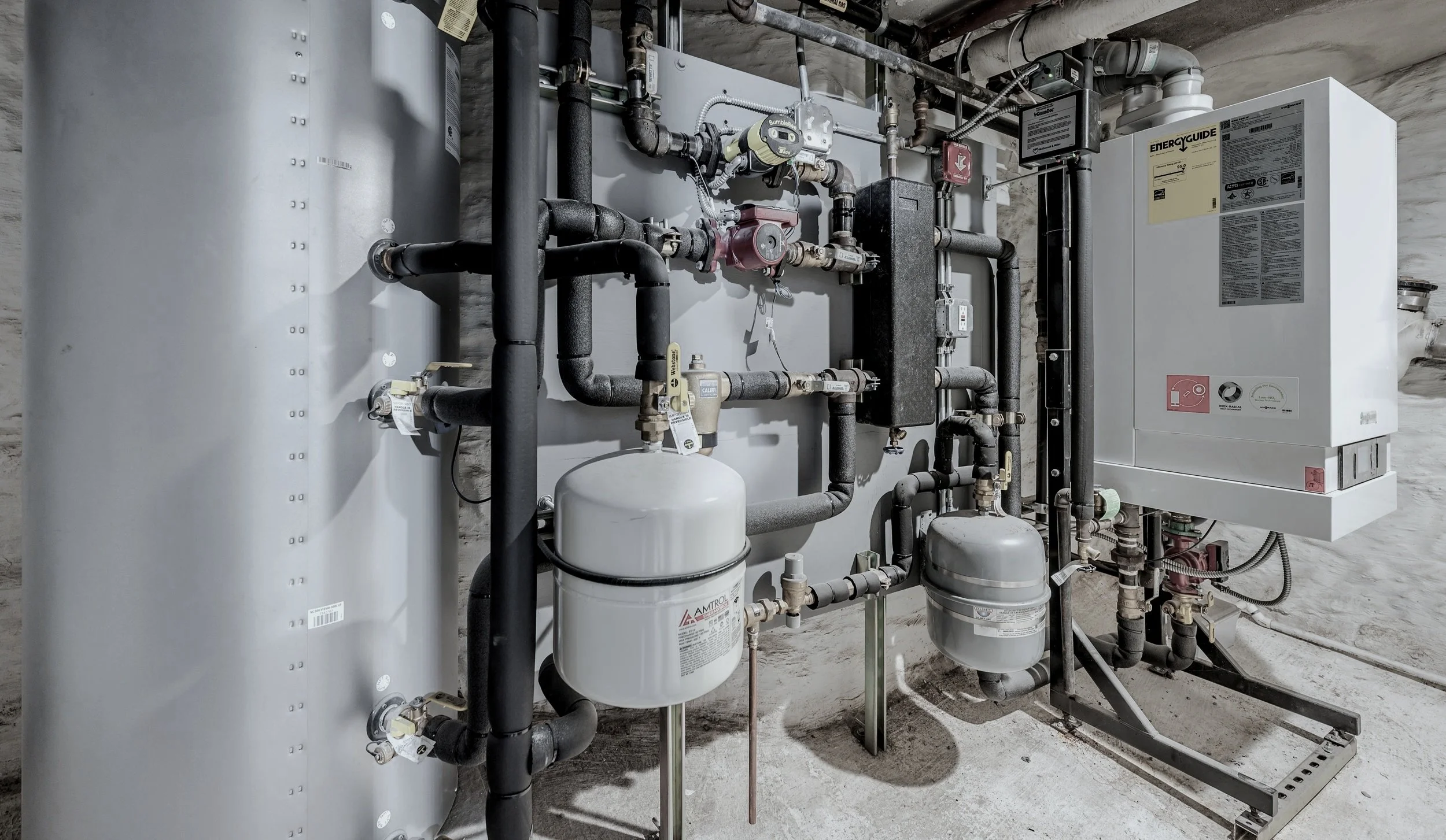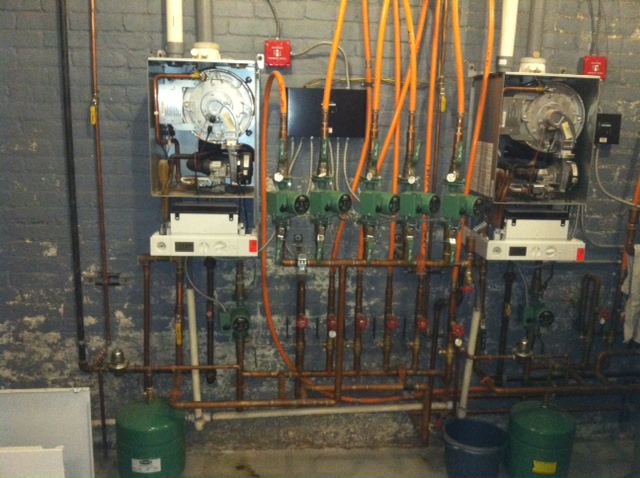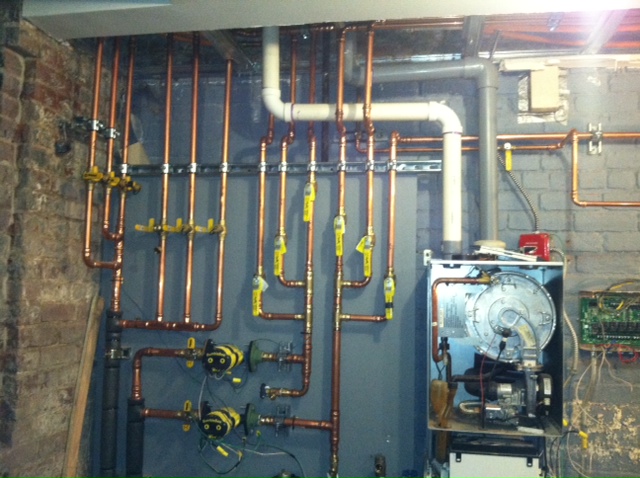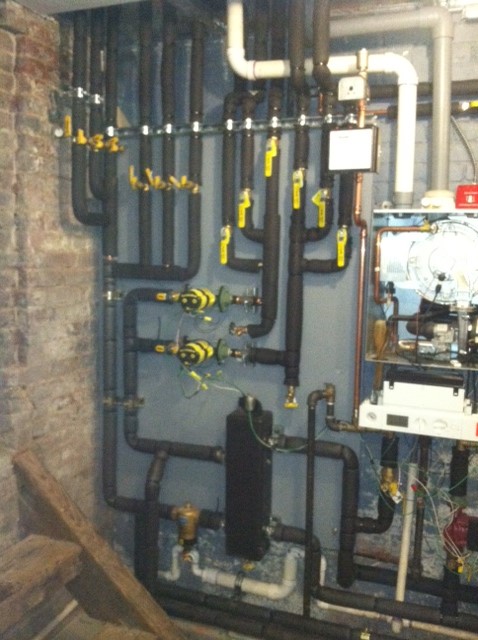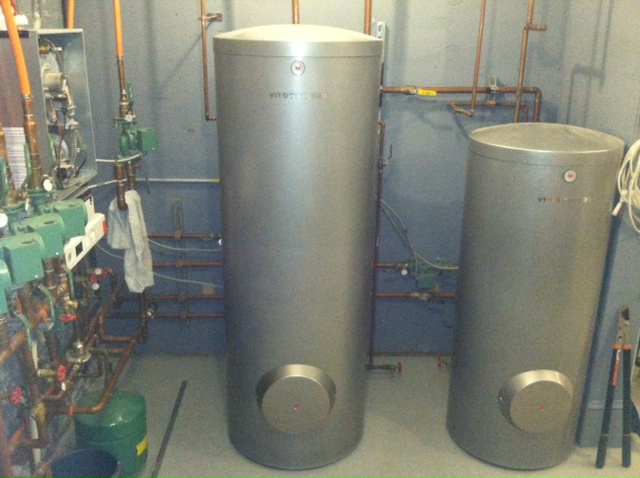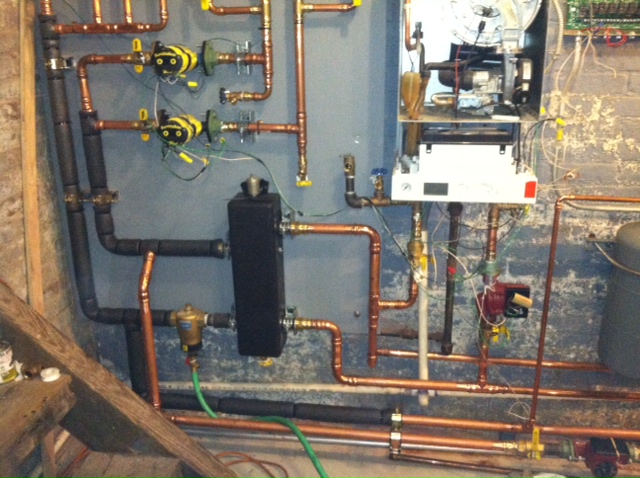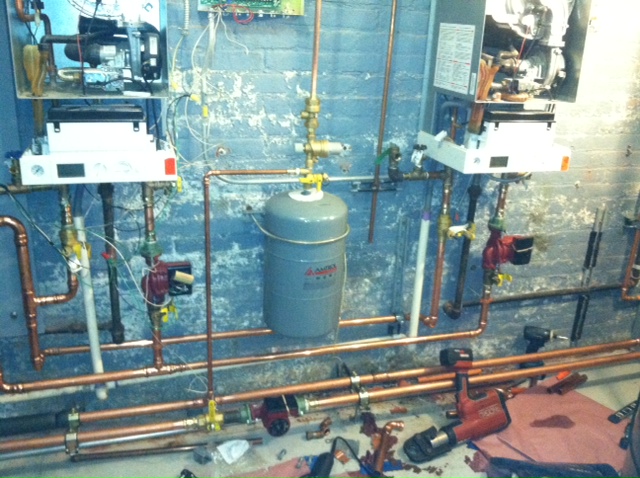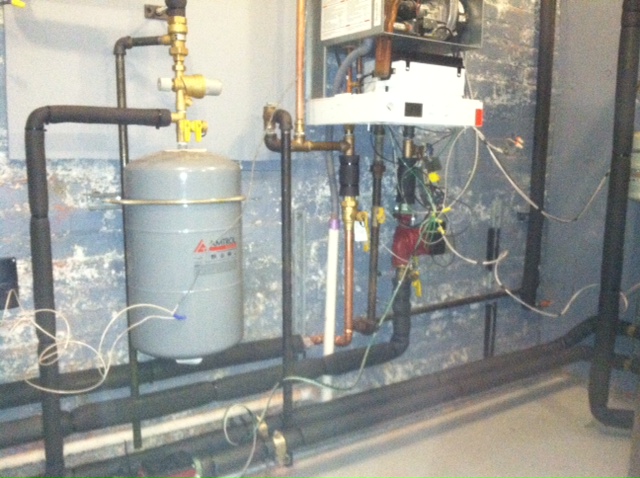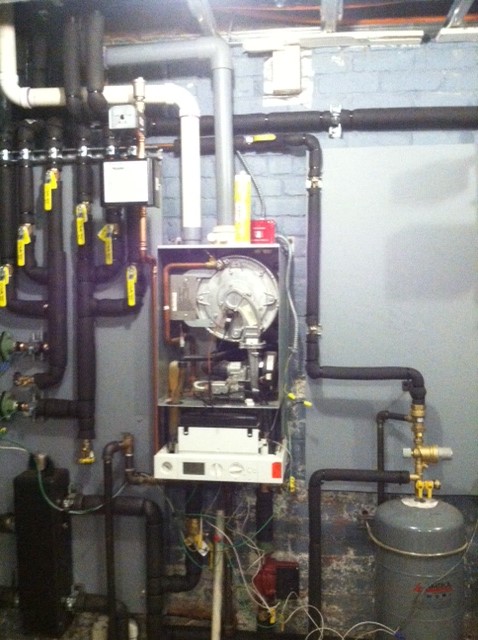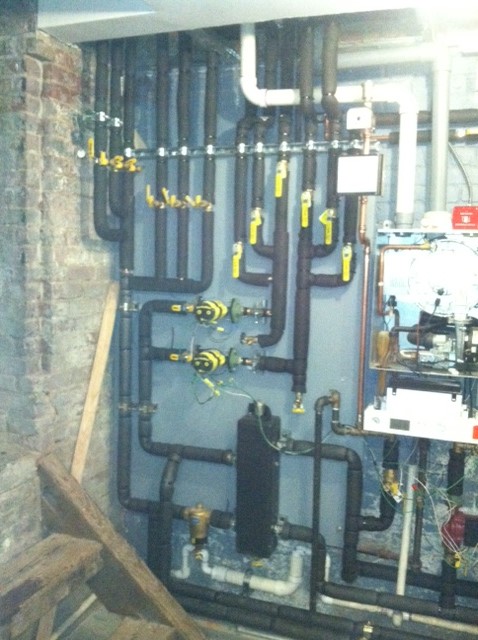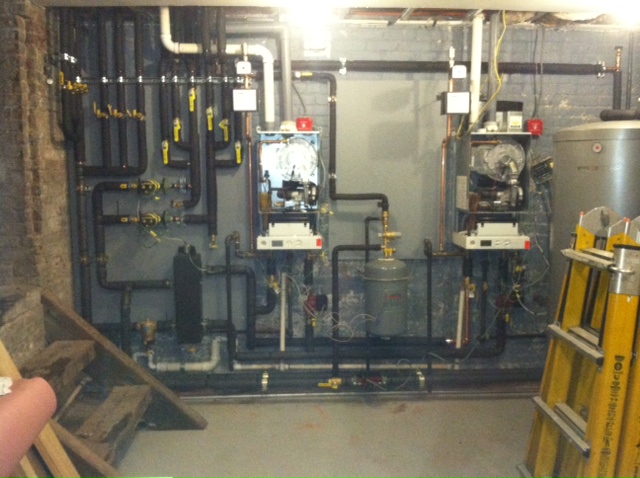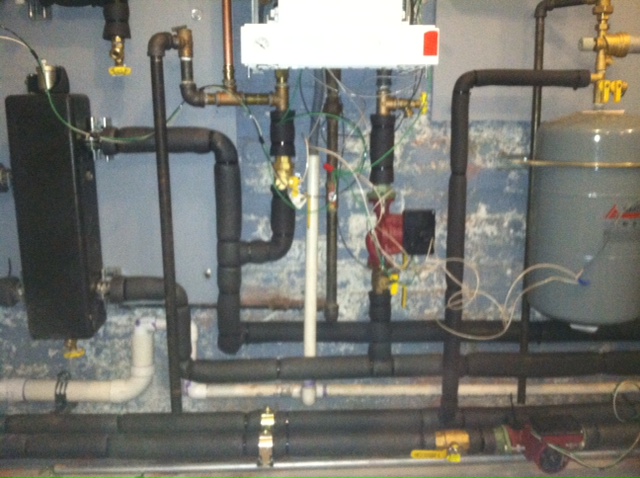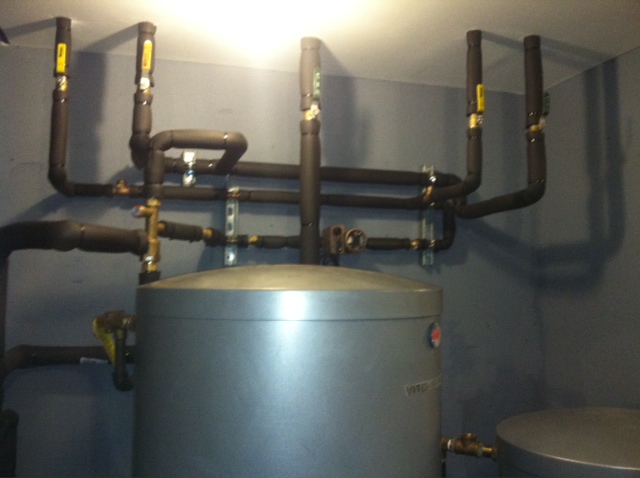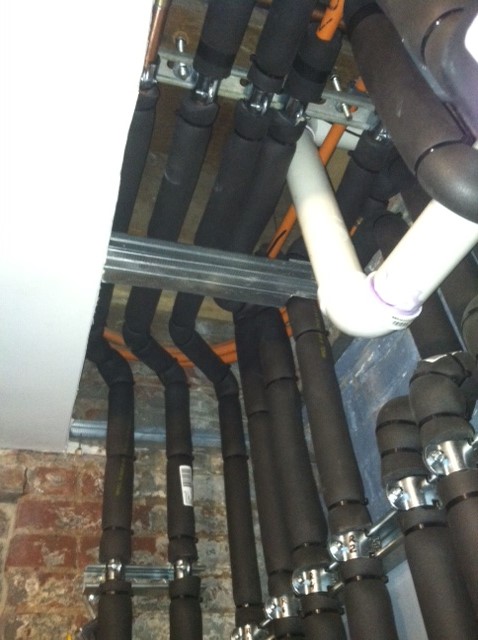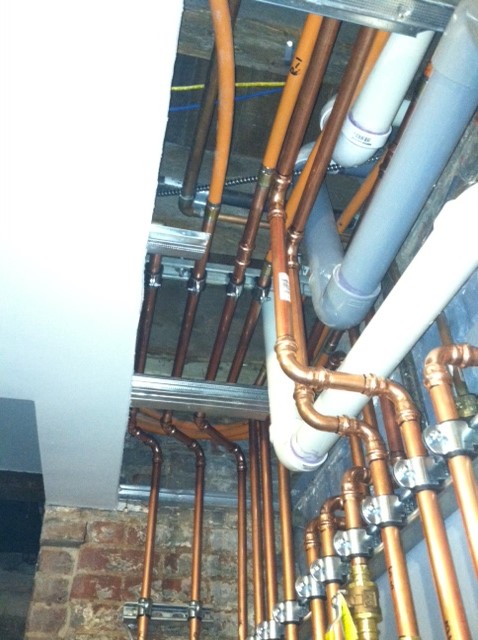http://canadianrenovations.com/risks_hiring_low_bidder
This is a great article about the importance of not cutting corners in a renovation and the woes of going with the lowest bidder. Obviously we especially love the emphasis they put on the HVAC system.
"HVAC – This is an area that you really need to have a professional design and installation. Poor design or the wrong size system will result in a wide range of temperatures in your home. Utility costs aren’t likely to come down. This is one more area that the low bidder can substitute a “no-name” unit to make money."
Enjoy the article below...
There are Typically 3 Types of Renovation Contractors that Provide the Lowest Bid:
- They Don’t have Enough Experience to Properly Bid Your Project
- They Know All the Shortcuts on Quality (and you won’t notice them until it is too late).
- They Use a Cost Plus Proposal Because it Gives them the Right to Increase the Your Price for Virtually Any Reason
Most homeowners only do a major renovation once in their life.
- Inexperienced renovation contractors don’t know all the things that are needed to complete a quality project. They almost always underestimate the amount of labor needed to do each task. They are then forced to take shortcuts to “make it work”. This is never good. Often they will ask for more money and if your home is a wreck and you won’t have much choice.
- Unscrupulous contractors know, that you don’t know how to find their shortcuts. They don’t plan on working for you again so they will take advantage of your inexperience. There shortcuts on quality won’t show up right away but they will eventually.
- Probably the most surprising low bidder is the one that uses a Cost Plus Proposal to look like the best bid.
- The Cost Plus Proposal gives the renovation contractor the right to increase the proposal price for virtually any reason. So they can bid low, get the job and then exercise their right and ask for more money.
- Once the demolition is done your back will be against the wall. Your choice will be to fire them and find someone that is willing to take over your project or pay the “ransom” and be upset about it.
The information on this page is provided to help homeowners avoid hiring a contractor that will frustrate you with poor quality or leave you with a half-finished project.
Why Not Take the Low Bid?That is a fair question. Can’t you hold them to the price? Not very likely.
It is more likely that they will demand more money once they complete the demolition and all you have are studs. If you don’t give in they can walk off the job and disappear especially if you gave them a nice deposit.
If you signed a Cost Plus Proposal you won’t have any leverage because the shrewd contractor can come up with plenty of reasons why they need more money.
It can really be attractive to take the lowest bid on a home renovation project because the “savings” can look substantial. If the bid also fits your budget it can be even more attractive.
Before you sign any proposal consider this information carefully.
- Some contractors will simply throw out a low bid to hook you. They will then start negotiating. Ethical contractors provide their best price up front and will include all the details on materials and installation methods.
- Bids that are 10% or more below other bids can’t be the same job. A 10% profit is a solid profit on a quality job so if their bid is 10% or more below other bids it would mean they are working for free. No one works for free. Substituting lower quality materials and taking shortcuts on installation allow them to still make money at your expense.
- Kitchen cabinets can cost $10,000 or high end cabinets can be $50,000. Installation costs will be pretty close. One tactic the low bidder can use is to offer a “private label” cabinet with “all the features of the high end cabinet at a much lower cost”. What they won’t tell you is that they are making money because they are buying these inferior cabinets at a deep discount and charging you a premium price. They may look good for a while but they will start to fall apart. Check out the reputation and warranty of all material and appliance suppliers before you buy. At a minimum, if you can’t find them on line, don’t buy their cabinets.
- Low bidders save money because they aren’t insured or are under insured. They take the chance that “nothing bad will happen”. This means that you will be at risk if someone gets hurt on the job.
- If you do a Google search there will be some unbelievable stories about unethical contractors that offered a price that was “so good”.
More Opportunities for the Low Bidder to Take Advantage of YouThere are many more ways the low bidder can still make money at your expense. Don’t be fooled, if a bid looks too good to be real, it is.
Windows – Low bidders love bargain windows. They can look good but they won’t fit properly and your heating and cooling costs will go up not down. There is a huge difference between the $99 bargain window and a well-made window. Better windows are custom made for each opening. There is a process to properly install the windows whether they are replacement windows or complete window replacements. If the proper techniques and materials are not used there may be air leaks and water damage caused by the improper installation. Most bargain windows have limited warranties so if something goes wrong you will probably eat the cost to fix it. This is one place that the low bidder can make some easy money at your expense.
Sheetrock and Drywall – Nails pop and seams will begin to show up as soon as the weather changes and then it's too late. Low bidders may use cheap sheetrock from China and that can have some very serious health consequences for your family.
Kitchen Cabinets – As we pointed out above you can spend $10,000 or $50,000 on kitchen cabinets for the same project. Here are some of the typical problems with “knock-offs”: doors will warp or won’t fit flush, drawers fall apart, tracks and hinges come loose.
The biggest issue is in measuring. Shortcuts or inexperienced carpenters won’t take the right measurements. When the cabinets arrive they will need to “make them fit” and this takes time and will result in a mediocre installation. This is another area where the low bidder can make up profits with cheap “knock offs”.
Stone – This is another area where there is a wide range of pricing. Granite and Marble must be measured correctly to create the proper fit. You can’t recut a piece of granite or marble if the measurements are wrong. Bigger seams to make up for errors in measuring look awful. This can be a big investment that ends up looking mediocre.
Framing – Walls have to be plumb or they will cause endless problems with the drywall, moldings, casements and other trim work. The cabinets and trim work won’t be flush with wall or ceiling. The gaps will be almost impossible to fill and it will just look awful.
HVAC – This is an area that you really need to have a professional design and installation. Poor design or the wrong size system will result in a wide range of temperatures in your home. Utility costs aren’t likely to come down. This is one more area that the low bidder can substitute a “no-name” unit to make money.
Plumbing – Cheap plumbing components, especially the ones behind the walls can begin to leak and cause long term damage to floors, walls and ceilings. Leaks can create mold issues and mold is very expensive to remediate and can lead to insurability issues.
Roofing – Most homeowners won’t get up on a roof to inspect it. The low bidder will use this to their advantage. There are almost 30 inspection points that should be checked on each roof installation to ensure a quality installation. Improper or inappropriate installations will create problems with wind, snow and rain. This can create leaks that may result in damage to drywall, cabinets, carpet etc...
Painting – If the drywall is poorly installed it will be almost impossible for the painter to make it look right. The defects will show up in uneven seams, nail pops, uneven surfaces and more. This also means that additional time will be required to prep the walls to try to fix the other issues.
Take the time now to find the perfect company to work with. Committing to a renovation project can be a bit daunting and by doing your homework and completing your screening process BEFORE you sign a contract you’re ensuring that your dream project won’t become a nightmare.
